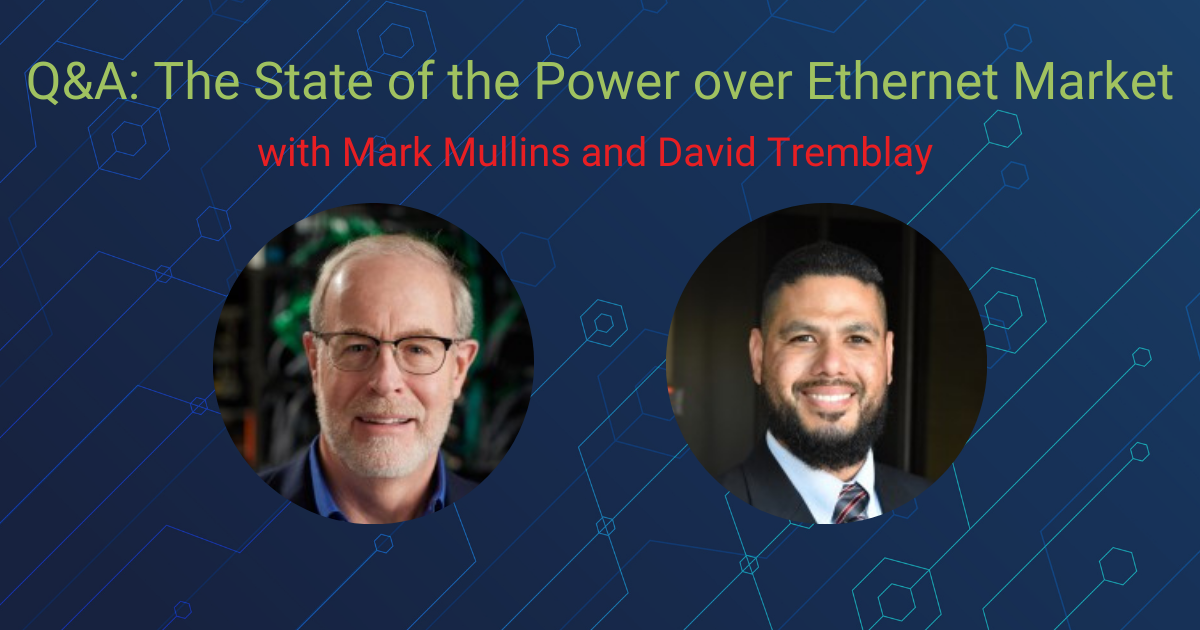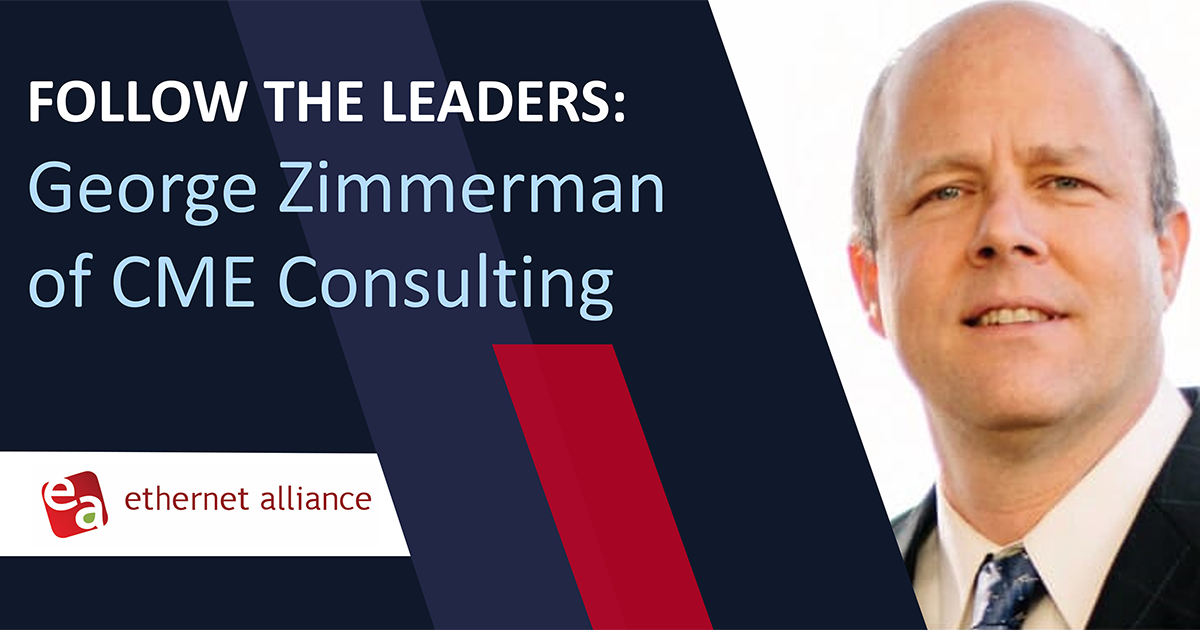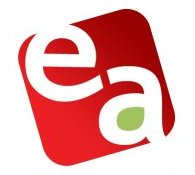What’s a PoE logo for, anyway?
I just read Jonathan Seckler’s post on Power over Ethernet (PoE) Logo Certification, and it got me thinking – what is a logo for, anyway? The most successful industry logos become almost mandatory for products in the marketplace (think WiFi or even UL); others are just decoration on an already-overcrowded box…anyone remember PC Card?
What a logo is trying to do is tell you that the product in the box conforms to an interoperability standard. No one likes buying a piece of technology, plugging it in at home and discovering it doesn’t work with the devices they already have. A logo can substantially reduce the chance of that happening, and well-known logos become a brand of their own that adds to the appeal of the product.
PoE is just the sort of technology that needs a logo (#LogoPoE). In the early days of PoE, there was no standardization and several non-interoperable varieties were available. The first IEEE PoE standard was published in 2003, and the majority of PoE devices since then have conformed to it. However, non-standard implementations still pop up now and again, especially as low-end consumer devices, and there’s no easy way for the consumer to know what to expect. The term “802.3at” may show up in small print on the outside of the box, but that means about as much to the average consumer as “IEC 60950” or “RFC2131”, both of which probably also appear on the box.
Bottom line: I don’t want to bring a specialized electrical tester with me when I’m shopping for a PoE device, and I don’t want to pay Amazon a restocking fee when the “PoE”-powered camera I ordered won’t work with my 802.3at-compliant PoE network switch. What I want is a recognizable logo on the outside of the box or the top of the webpage that tells me a third party has tested this thing by plugging it in to a variety of similar devices, and it worked! This is especially helpful when I’m looking at a powered device (PD), like a camera or an IP phone; power sourcing equipment (PSE), (typically network switches) are more likely to be standards-compliant, and are more often designed with broad interoperability in mind.
It’s time to start a PoE logo program. Power over Data Lines (PoDL), a newer PoE variant that I am helping to develop, will need a similar logo in due time – and since PoE and PoDL aren’t compatible, we’ll need a different logo for PoDL, hopefully incorporating the lessons learned along the way from PoE. Read Jonathan’s blog, click here to join the call, and help start a logo program that works!




